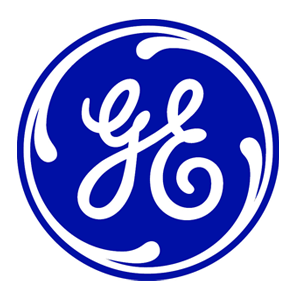From Vision to Reality: Haiti’s Largest Public Sector Hospital Opens with Support from the GE Foundation: A Q&A with Hector E. Aguilar
From Vision to Reality: Haiti’s Largest Public Sector Hospital Opens with Suppo…
The 2010 earthquake in Haiti was the second deadliest earthquake of all time. With a magnitude of 7.0 Mw, 220,000 people were killed, and more than 250,000 homes were destroyed. In the earthquake’s aftermath, many Haitians desperately needed medical care. In December 2010, the GE Foundation made a $2 million commitment to help build a new public hospital that would be Haiti’s largest post-earthquake public health facility. Hector E. Aguilar, CEO of GE Central America & The Caribbean, discusses the GE Foundation’s role and the opening of the hospital.
Q: Why did the GE Foundation get involved in Haiti?
A: We have a long-standing commitment to disaster relief. In the immediate aftermath of the earthquake, the entire GE family provided more than $5 million in relief efforts, including grants from the GE Foundation and equipment donations.
Q: Tell us about the hospital.
A: The Hôpital Universitaire de Mirebalais – or HUM as we call it – will provide free access to quality healthcare for tens of thousands of Haitians every year. HUM offers primary care services to a catchment area of 185,000 people in Mirebalais and two nearby communities. Patients from central Haiti and areas in and around Port-au-Prince also will be able to receive care. This facility will offer a range of services from HIV/AIDS and TB care to general and orthopedic surgery.
Q: What specifically did the GE Foundation give to the hospital?
A: We made an unconditional commitment to give essential medical equipment and technical assistance to support the multiple needs of Mirebalais Hospital. When the in-patient unit of the hospital is open, the equipment we gave will improve care delivery and enable medical staff to diagnose, treat and manage trauma, maternity cases, and acute illness. Over the past year as we completed the installation of the equipment, we trained the hospital staff on the operation and basic maintenance of the equipment. We also provided a conducive teaching environment, including support from GE employees, to train medical practitioners in Haiti in an effort to make HUM sustainable.
Q: How did you go about identifying these areas?
A: Our first priority in these situations is to make sure we are meeting local needs. That is why we partnered with the Haitian government and Partners in Health (PIH) over the last 3 years to identify critical gaps and deliver the appropriate technology. We also partnered with Assist International to work with our local GE teams to do the installation of the equipment, as well as training. Through our “GE Ambassador” program, we will continue to support this facility in utilizing the technology to improve services for patients.
Q: When will the hospital open?
A: It’s a phased approach. Right now, HUM is treating Haitians with out-patient services including adult medicine, pediatrics, chronic care/non-communicable disease clinic, and women’s health. The timeframe for the opening of the in-patient services is to be determined with the Haitian government. When open, the hospital will have general surgery, emergency services, maternity, and hematology/oncology services. The hospital has 300 in-patient beds and 500 out-patient beds.
Q: How is GE currently involved?
A: This Sunday, I will be participating in HUM’s “Celebration of Partnership” event. Hye Sun Na from GE Healthcare is also here with me as the new “GE Ambassador” to HUM. Hye will help support HUM as it begins to use the new equipment to provide services. Haiti’s Minister of Health, Dr. Florence Guillaume, along with PIH co-founders Paul Farmer and Ophelia Dahl and the senior leadership of HUM will be speaking at the event. Nearly 165 VIP guests from the U.S. and abroad are traveling to Haiti to attend. In addition, more than 50 Haitian dignitaries and business executives will also attend the ceremony.
Q: Aside from equipment donations and employee expertise, what has GE been able to bring to HUM?
A: Partners in Health, the lead NGO running the project, has told us that as a result of GE signing on as a partner early on and being so generous, they were able to open many more doors and leverage significant in-kind contributions as a result. Once other corporations like HP, Stanley, Fuji, etc. were told of GE’s participation, they were more interested in being involved.

